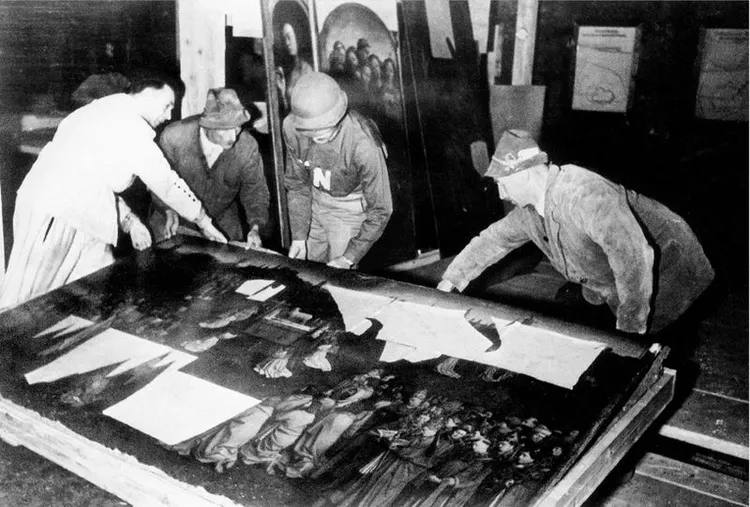Summary
Discover the Altaussee Salt Mines: A Historical Treasure
Introduction to Altaussee Salt Mines
The opening to the underground Altaussee Salt Mines peeks out from the shadow of the mountain called “Loser” in the Salzkammergut. This access point leads to a long tunnel shimmering with glistening mineral crystals that meanders under the earth, forming one of Austria’s largest active salt mines. If you follow the main tunnel long enough, you can slide down the miner’s slides to the subterranean lake below.
The mine boasts almost 67 km of routes through its 18 levels (stories), of which 24 kilometers are currently accessible. An impressive brine production rate of 240 cubic meters per hour makes this Austria’s largest active salt mine, a site with a rich history dating back centuries.
First documented in 1147, mining in this area began with the Rein Monastery near Graz, although salt extraction has likely occurred since approximately the 7th century BC. Significantly, during World War II, the Nazis stored looted art treasures—over 6500 works valued at upwards of 3.5 billion dollars—in the salt mine.
The War Years
As World War II neared its end, desperate Nazis discovered the remoteness of the Salzkammergut region, deeming it the perfect hideout. Labor camps were established in nearby Ebensee to support their secret missile program. Consequently, the region became a hub for stolen artwork and wartime treasures, including Jan van Eyck’s 15th-century Ghent Altarpiece, The Adoration of the Mystic Lamb.
The altarpiece underwent a perilous journey through the Pyrenees and several locations before being stored underground in the salt mine alongside works by masters like Michelangelo, Dürer, Rubens, and Vermeer.
As the war was winding down, eight airplane bombs were crammed into the mine shaft to obliterate this invaluable cache of art. Remarkably, miners and the Austrian resistance, aided by a commando team led by Albrecht Gaiswinkler, prevented its destruction until the Allied Third Army secured the mine. Monuments Men Robert K. Posey and Lincoln Kirstein began the delicate task of excavating the art, including the notable Ghent Altarpiece, which Posey personally delivered to Ghent.
Visiting the Altaussee Salt Mines
Following the release of the movie Monuments Men, the mine expanded its opening hours and offered additional tours, including evening tours on Wednesdays. A multimedia presentation is available, detailing the hiding and rescue of the stolen artworks.
Situated near the popular tourist destination of Hallstatt, which also features an intriguing salt mine, visiting both locations is easily manageable.
Getting There
Public Transportation: The nearest train station to the salt mine is located at Bad Aussee, a well-known winter ski resort town. Buses run from Bad Aussee to Altaussee.
By Car: From Salzburg, take the A10 motorway south to exit 28 and proceed east toward Hallstatt (tolls apply), or choose to enjoy the scenic B158 route to Hallstatt.
The closest airport is Salzburg Airport.
For further navigation and transportation options with estimated prices, refer to: Altaussee Salt Mines Map and Guide.
The address of the Altaussee mine is Lichtersberg 25, 8992 Altaussee, Austria.
Staying Options
Given its reputation as a ski and recreation area, numerous hotels exist in the region. If you have a car, Hallstatt makes for an excellent base, with many hotels positioned along the lakefront.
Should you wish just to visit the mine followed by an overnight stay, options in Altaussee are also available.





